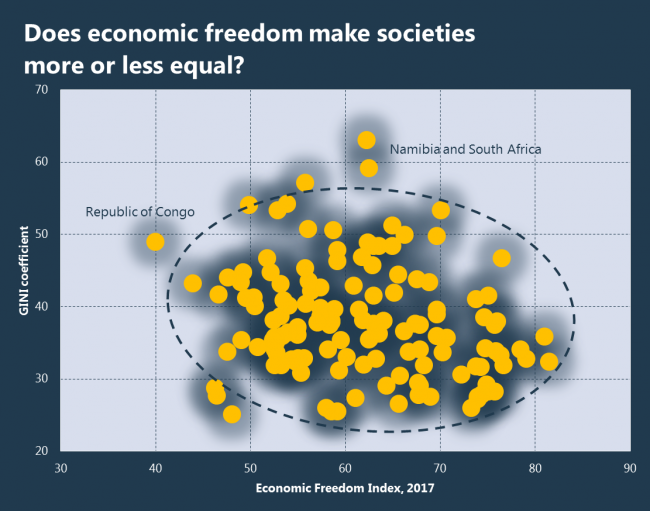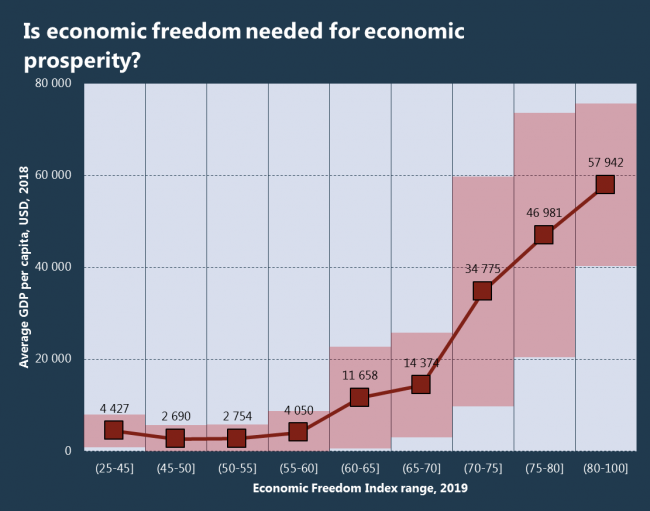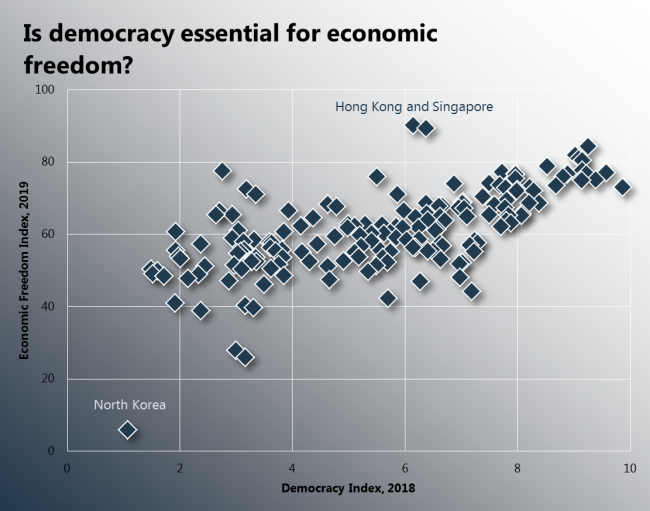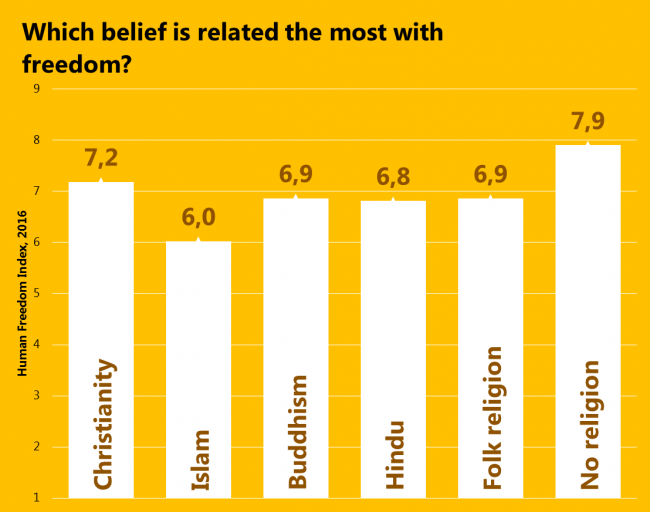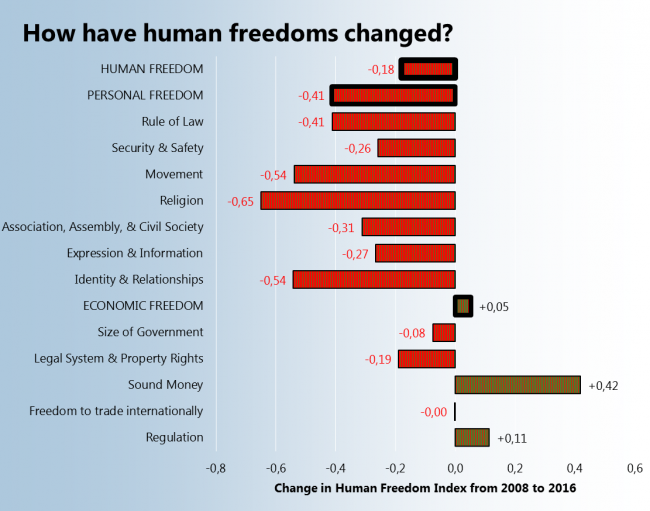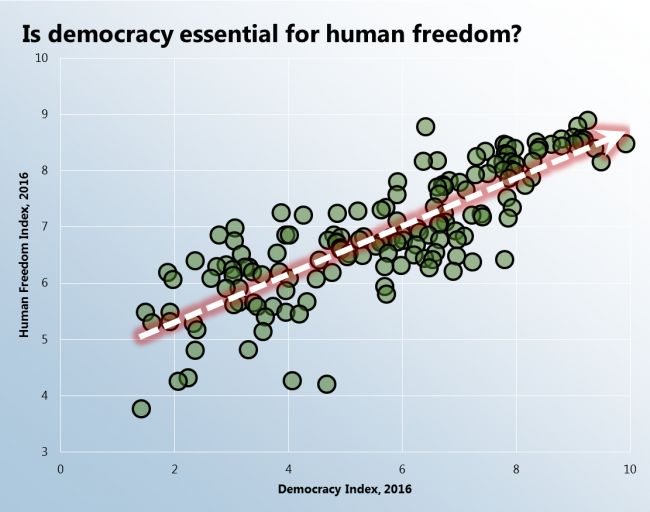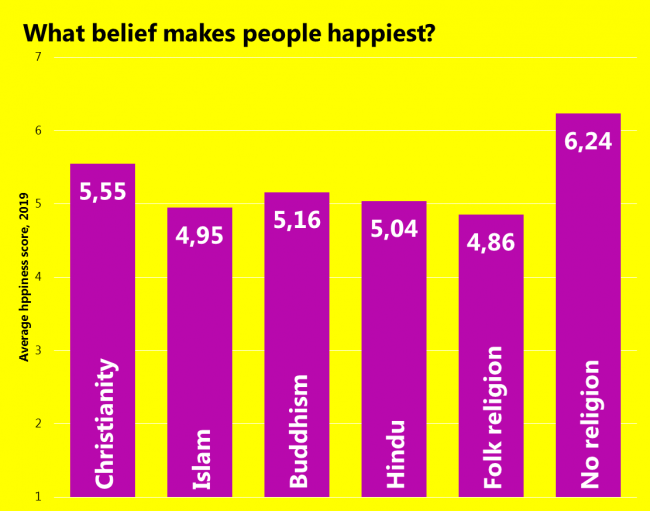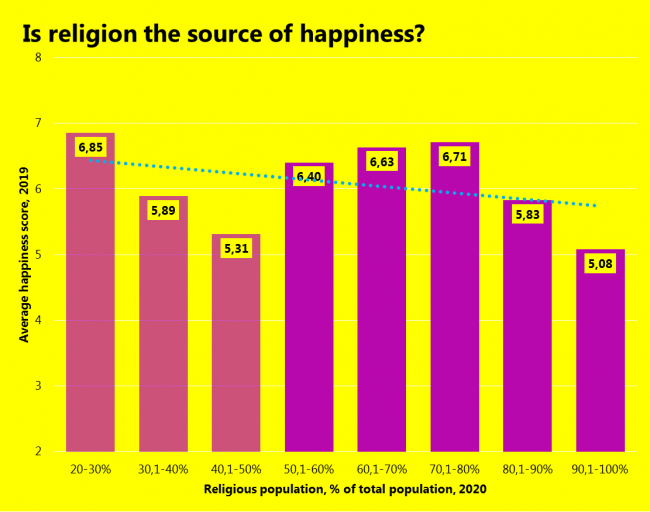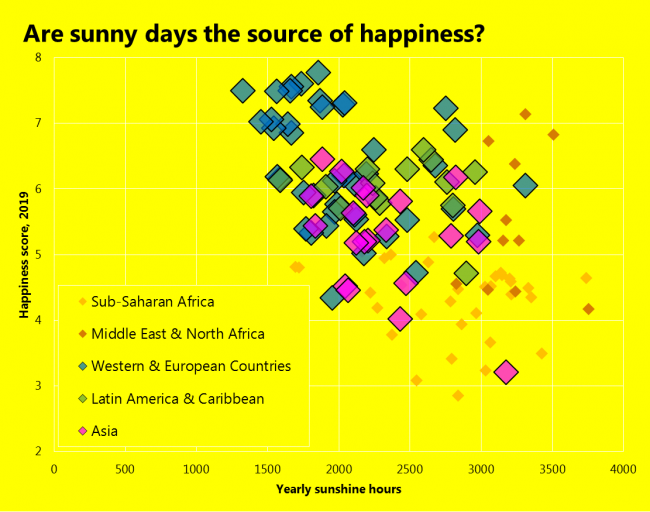Dažniausiai valstybės biudžeto išlaidoms pavaizduoti naudojamas grafikas yra spalvotas 3d pyragas. Šis paveiksliukas paimtas iš oficialios finansų ministerijos medžiagos.

Pabandykime kitaip, o jei grafikas būtų:
- Lengvai skaitomas – visa informacija apie vieną sritį būtų vienoje eilutėje ir sulygiuota
- Svarbiausias skaičius būtų procentas (juk tie milijonai – sunkiai suvokiami paprastam žmogui)
- Tūkstančiai būtų suapvalinti iki milijardų ir tai būtų parašyta prie kiekvieno skaičiaus
- Vis dar greitai ir lengvai paruošiamas ar atnaujinamas vien su Ekseliu
- Turėtų palyginimą su praėjusiais metais

Spalvos paimtos iš oficialaus Finansų ministerijos bukleto, tačiau visgi pagrindinė mėlyna spalva buvo tokia ryški – kad panaudojau ne pagrindinę.
Viskas paruošta viename Ekselio faile ir atsinaujina įkopijavus naujus skaičius.
Duomenys nuskaityti: 2023 m. gegužės 27 d.


